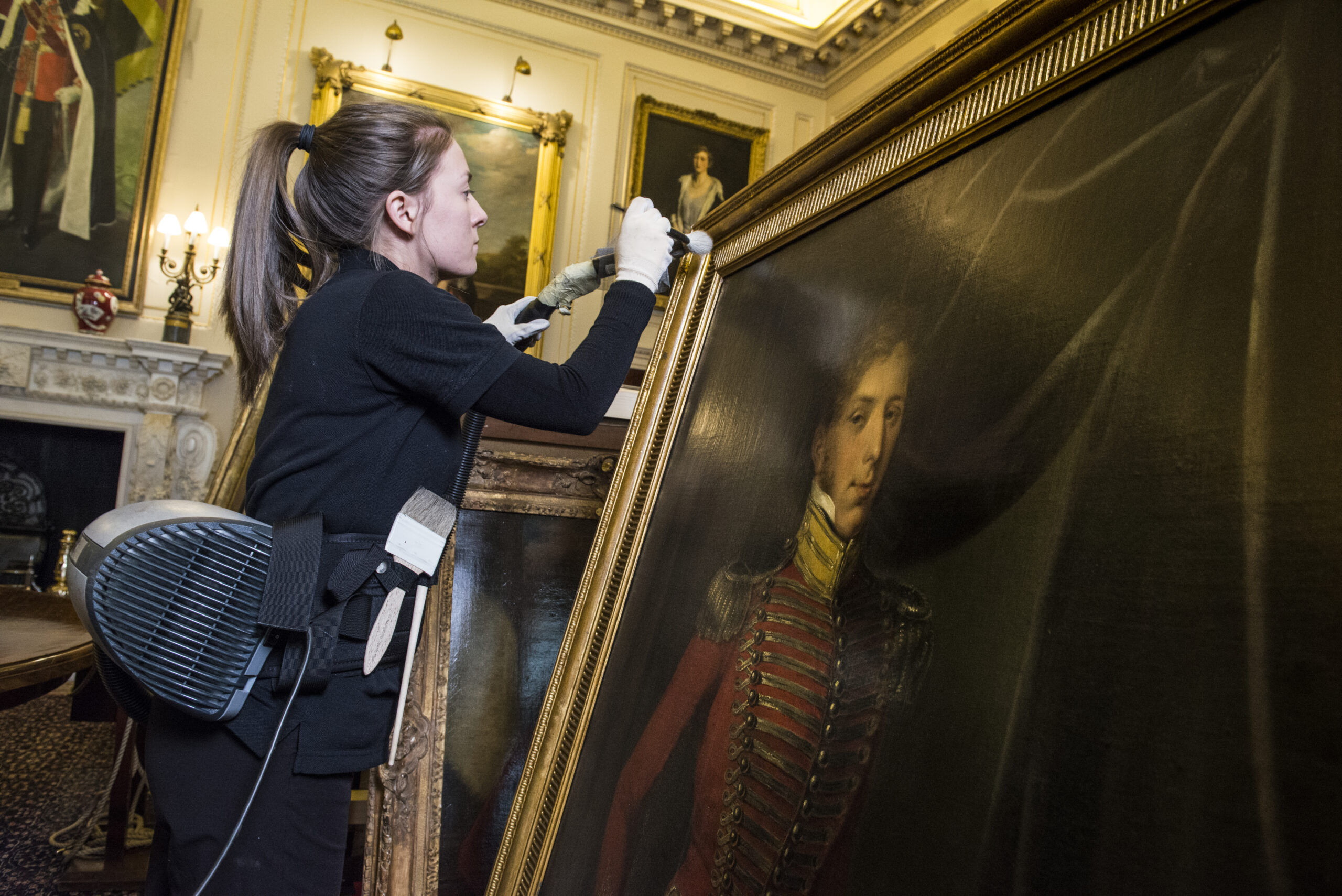
With the House opening for a new season, after almost seven months closed, the welcome return of visitors and staff means higher levels of dust.
Collections Care Assistant, Amy, is therefore working on a programme of dust monitoring across the State Floor to highlight how frequently objects need cleaning, so the team can effectively allocate resources, and establish the impact high visitors numbers, the grass being cut, or rock salt in the Winter months has on the levels and types of dust found. On your next visit to the State Floor, well-trained eyes may spot some of the two types of monitoring stations.
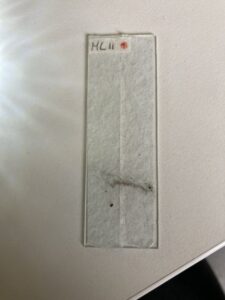
A Microscope Slide placed on the State Floor
Microscope slides have been placed on flat polished surfaces to establish how many days, on average, before the dust build up obscures the glossy finish and needs gently removing. Whilst dust can attract pests and become fixed to the surface if it is left, frequent cleaning can also cause damage, especially to delicate surfaces or areas of existing damage.
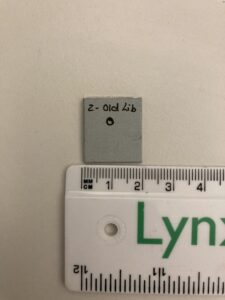
A sticky dust monitor that has been placed on the State Floor.
Sticky dust monitors have also been placed around the State Floor. These are made from archival grade, acid free board, with double sided sticky tape, and are 2cm by 2cm to make them as small and inconspicuous as possible. After a variable amount of time the sticky dust monitors will be collected in and analysed under a microscope.
Over the past few months, Amy has created a reference guide with microscope images of all the textiles and fibres that can be found across the State Floor, as well as the floors, the Collections Care black jumpers, pollen and grass outside, and hair and skin flakes. When the sticky monitors are analysed under the microscope the guide will help establish what is causing the dust and whether any extra measures can be implemented to minimise the dust. Here’s just a few things that have been found under the microscope…
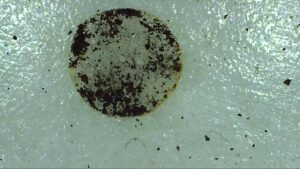
Dry Soot and Rainwater.

Underlay Fibres
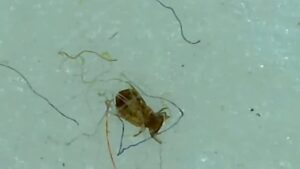
and even a Booklouse !